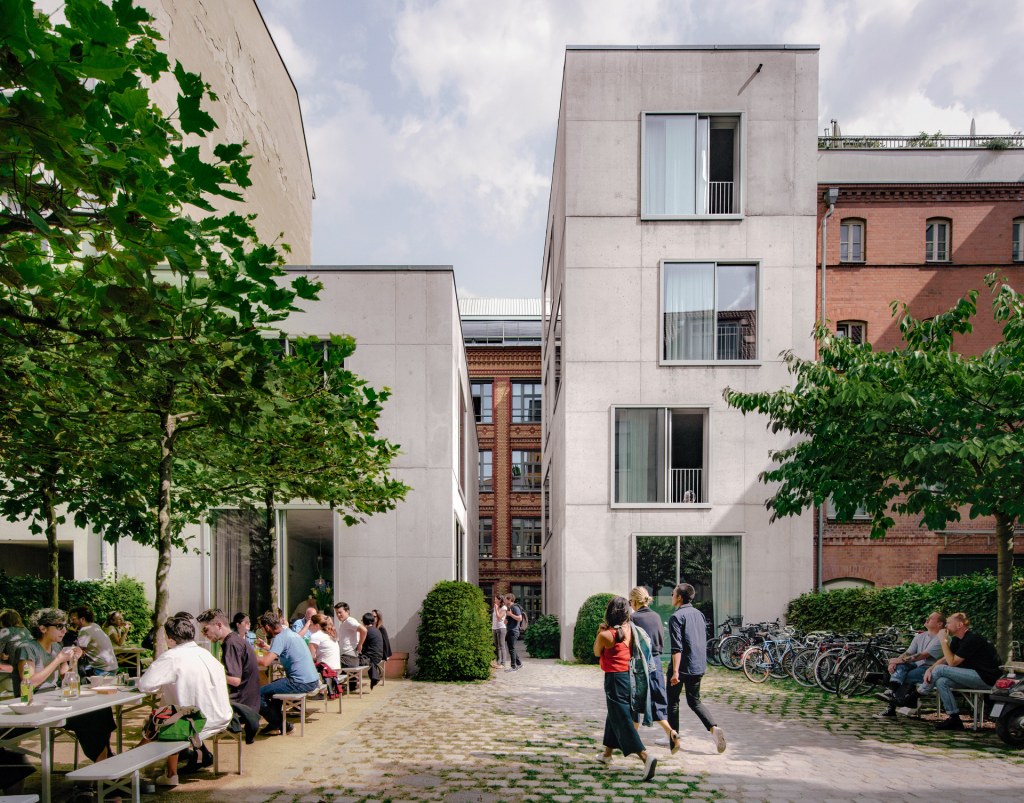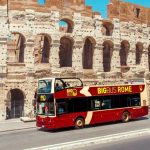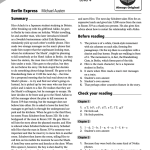Discover The Iconic Architecture Of Berlin Chipperfield: A Must-See For Design Enthusiasts!
Berlin Chipperfield: The Architect Shaping the City’s Skyline
Greetings, Berlin Readers! Today, we delve into the fascinating world of Berlin Chipperfield, an acclaimed architect whose innovative designs have left an indelible mark on the city’s urban landscape. In this article, we will explore the life, works, and influences of this visionary artist, shedding light on the impact he has had on Berlin’s architectural scene. So, fasten your seatbelts and prepare to embark on a journey through the captivating world of Berlin Chipperfield.
Introduction
Berlin Chipperfield is a renowned British architect known for his minimalist yet striking designs that blend seamlessly into the fabric of the city. Born in London in 1953, Chipperfield studied architecture at the prestigious Architectural Association School of Architecture. After gaining valuable experience working for several distinguished architecture firms, he founded his own practice, David Chipperfield Architects, in 1985.
1 Picture Gallery: Discover The Iconic Architecture Of Berlin Chipperfield: A Must-See For Design Enthusiasts!

Over the years, Berlin Chipperfield has become synonymous with elegant and timeless designs that prioritize functionality and sustainability. His portfolio includes a diverse range of projects, from museums and galleries to residential and commercial buildings. His ability to strike a delicate balance between preserving the city’s historical heritage while embracing modernity has garnered widespread acclaim.
Now, let’s delve into the fascinating details of Berlin Chipperfield’s life and work.
What Drives Berlin Chipperfield?

Image Source: davidchipperfield.com
🔍 Berlin Chipperfield is driven by a deep appreciation for the existing urban fabric and a desire to create harmonious spaces that enhance the city’s identity and functionality. His approach is rooted in careful research, analysis, and collaboration with local communities and stakeholders.
🔍 Chipperfield’s architectural philosophy revolves around simplicity, honesty, and timelessness. He believes that buildings should reflect their purpose and context, and that good design should stand the test of time.
🔍 Sustainability is another key aspect of Chipperfield’s work. He incorporates sustainable materials and practices into his designs, aiming to reduce the environmental impact of his buildings and create spaces that are both beautiful and eco-friendly.
Who Has Berlin Chipperfield Collaborated With?
🔍 Berlin Chipperfield has collaborated with esteemed clients and organizations worldwide. Some notable collaborations include the Neues Museum in Berlin, the Royal Academy of Arts in London, and the Museo Jumex in Mexico City.
🔍 Chipperfield has also worked closely with various cultural institutions, including museums and art galleries. His designs often integrate art and architecture, creating spaces that are not only functional but also visually captivating.
🔍 In addition to collaborations with renowned organizations, Chipperfield has also worked on residential and commercial projects, creating spaces that prioritize the needs and aspirations of the people who inhabit them.
When Did Berlin Chipperfield Make His Mark?
🔍 Berlin Chipperfield’s breakthrough moment came in 2000 when he won the competition to rebuild the Neues Museum in Berlin. This project marked the beginning of a prolific career that would solidify his status as one of the most influential architects of his generation.
🔍 Following the success of the Neues Museum, Chipperfield’s designs began to shape the skylines of various cities around the world. His work has left an indelible mark on Berlin, London, Milan, and many other urban centers.
Where Can You Find Berlin Chipperfield’s Work?
🔍 Berlin is undoubtedly the epicenter of Berlin Chipperfield’s architectural legacy. The city boasts several of his iconic designs, including the Neues Museum, the James Simon Gallery, and the Am Kupfergraben 10 residential building.
🔍 Chipperfield’s works can also be found in other major cities across Europe and beyond. From the Museo Jumex in Mexico City to the Valentino Flagship Store in New York, his designs have left an indelible mark on the global architectural landscape.
Why Is Berlin Chipperfield So Influential?
🔍 Berlin Chipperfield’s influence stems from his ability to blend contemporary design with a deep respect for history and context. His buildings seamlessly integrate into their surroundings, preserving the fabric of the city while injecting a touch of modernity.
🔍 Chipperfield’s focus on simplicity and functionality has also contributed to his lasting impact. His designs prioritize the needs of the people who inhabit the spaces, creating environments that are both aesthetically pleasing and highly functional.
🔍 Furthermore, his commitment to sustainability sets an example for the architectural community. By incorporating environmentally friendly practices and materials into his designs, Chipperfield showcases the potential for creating beautiful spaces without compromising the planet.
How Does Berlin Chipperfield Work?
🔍 Berlin Chipperfield’s design process is characterized by meticulous research, analysis, and collaboration with various stakeholders. He begins by studying the site, its historical and cultural context, and the needs of the client and community.
🔍 Chipperfield’s designs often prioritize the simplicity of form, allowing the materials and context to shine. He believes that architecture should not overpower but rather complement its surroundings, creating a sense of harmony and unity.
🔍 Collaboration plays a crucial role in Chipperfield’s work. He engages closely with clients, communities, and experts from various fields to ensure that his designs meet the highest standards of functionality, aesthetics, and sustainability.
Pros and Cons of Berlin Chipperfield’s Designs
Pros:
1. Timeless elegance: Berlin Chipperfield’s designs possess a timeless elegance that ensures their relevance for generations to come. His buildings stand the test of time both visually and functionally.
2. Seamless integration: Chipperfield’s designs seamlessly integrate into their surroundings, enhancing the existing urban fabric and preserving the city’s historical identity.
3. Sustainability: The architect’s commitment to sustainability is evident in his use of eco-friendly materials and practices, contributing to a greener future.
Cons:
1. Minimalist approach: Chipperfield’s minimalist approach may not appeal to those who prefer more ornate and extravagant architectural styles.
2. Limited expressiveness: Some critics argue that Chipperfield’s designs lack a certain level of expressiveness and boldness, favoring a more understated aesthetic.
3. Cost: Given the high standards of quality and craftsmanship in Chipperfield’s designs, the associated costs may be a limiting factor for some clients or projects.
Frequently Asked Questions about Berlin Chipperfield
1. Q: What is Berlin Chipperfield’s most famous project?
A: One of Berlin Chipperfield’s most famous projects is the Neues Museum in Berlin, which seamlessly blends historical architecture with contemporary design.
2. Q: How does Berlin Chipperfield incorporate sustainability into his designs?
A: Berlin Chipperfield incorporates sustainability into his designs through the use of eco-friendly materials, energy-efficient systems, and a focus on long-term durability and functionality.
3. Q: Has Berlin Chipperfield won any awards for his work?
A: Yes, Berlin Chipperfield has received numerous awards and accolades throughout his career, including the prestigious RIBA Royal Gold Medal in 2011.
4. Q: What is the philosophy behind Berlin Chipperfield’s minimalist designs?
A: Berlin Chipperfield’s minimalist designs are rooted in the belief that architecture should be honest, timeless, and reflective of its purpose and context.
5. Q: Does Berlin Chipperfield’s work extend beyond architecture?
A: Yes, Berlin Chipperfield’s creative vision extends beyond architecture. He has designed furniture, exhibitions, and even curated art shows, showcasing his multidisciplinary approach.
Conclusion: Inspiring Spaces for a Better Future
In conclusion, Berlin Chipperfield’s architectural legacy is one of timeless elegance, functionality, and sustainability. His designs have reshaped the skylines of cities around the world, leaving a lasting impact on the urban fabric. By seamlessly integrating contemporary design with historical context, Chipperfield has created inspiring spaces that enhance the lives of those who inhabit them.
Whether it’s the Neues Museum in Berlin, the Royal Academy of Arts in London, or the Museo Jumex in Mexico City, Berlin Chipperfield’s work continues to captivate and inspire architecture enthusiasts and urban dwellers alike.
Final Remarks: A Journey Through Architectural Brilliance
Embarking on a journey through Berlin Chipperfield’s architectural brilliance has been a truly enlightening experience. His designs not only shape the physical environment but also inspire us to rethink the relationship between architecture, history, and sustainability.
As we marvel at the iconic buildings that bear his signature, let us remember the profound impact that architecture and design can have on our lives. Berlin Chipperfield’s legacy serves as a reminder of the power of creativity, innovation, and collaboration in shaping a better future for our cities and communities.
This post topic: Berlin



